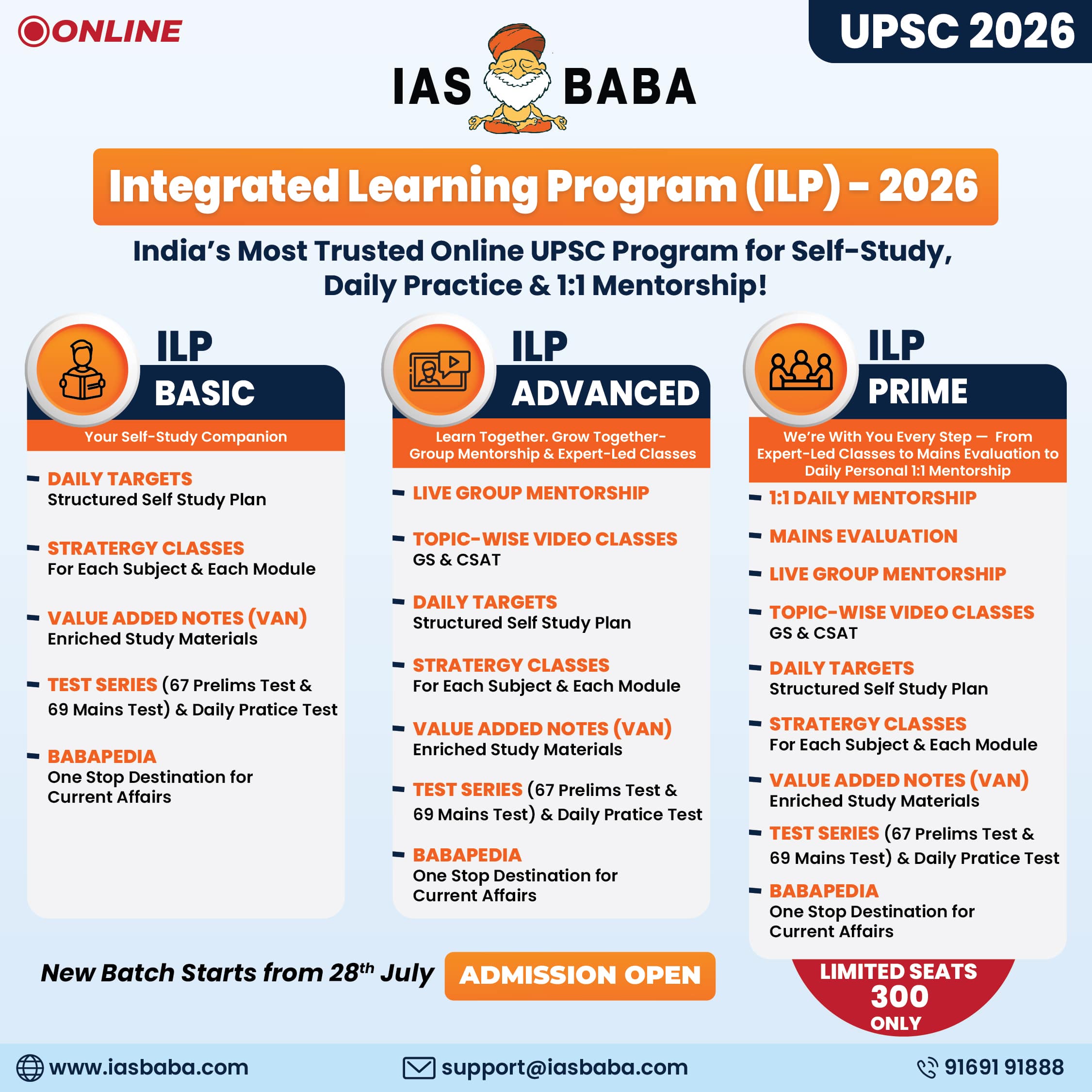Ethics Theory, TLP-UPSC Mains Answer Writing
Q. 5. India participated in the private Axiom Mission 4 through one of its trained astronauts. What is the significance of such collaborations for India’s human spaceflight programme? (250 words, 15 marks)
Introduction
India’s participation in Axiom Mission 4, a private spaceflight to the International Space Station (ISS), through Group Captain Shubhanshu Shukla, marks a significant milestone. It showcases India’s growing global presence in human space exploration.
Body
Significance of Such Collaborations for India’s Human Spaceflight Programme
- Exposure to International Spaceflight Operations: Collaborating with private space missions like Axiom offers Indian astronauts hands-on experience in operating within the ISS environment.
- Accelerating Gaganyaan Mission Readiness: Insights and training from international missions help ISRO refine its human spaceflight strategies, safety procedures, and life support systems.
- Enhancing Global Partnerships: Such collaborations build diplomatic and technological ties with global space agencies and private firms.
- Skill Development and Capacity Building: Participation fosters knowledge transfer in astronaut training, mission simulation, and biomedical monitoring in space. 5. Promoting Private Sector Involvement: India’s entry into commercial spaceflight signals confidence in combining public research with private innovation.
- Boosting India’s Global Image in Space Technology: Taking part in such international missions elevates India’s standing as an emerging leader in space technology.
Challenges
- High Cost of Human Spaceflight: Human missions are far more expensive than satellite launches. Example: Gaganyaan’s budget exceeds ₹10,000 crore.
- Limited Indigenous Infrastructure: India currently lacks a fully operational human-rated launch system. Example: The GSLV Mk III is still undergoing human-rating upgrades.
- Space Medicine and Life Support Gaps: Advanced systems for long-duration life support and space medicine are underdeveloped. Example: India relies on global partners for astronaut health tech.
- Low Private Sector Participation in Manned Missions: Private firms are more engaged in satellite services than human spaceflight. Example: Few Indian companies have ventured into crewed module development.
Way Forward
- Strengthen Astronaut Training Ecosystem: Develop indigenous astronaut training facilities with international standards to reduce reliance on foreign agencies.
- Encourage Public-Private Partnerships: Enable Indian private space firms to collaborate with ISRO on human spaceflight modules, tech systems, and crew support.
- Establish a Human Spaceflight Research Hub: Create a dedicated R&D institution focusing on long-duration spaceflight, microgravity experiments, and space medicine.
- Promote International Cooperation: Foster long-term collaborations with NASA, ESA, Roscosmos, and private players like SpaceX and Blue Origin.
Conclusion
India’s role in Axiom Mission 4 is a strategic leap toward building a robust human spaceflight ecosystem. It not only supports the but also aligns with India’s vision of becoming a key global player in space exploration.













